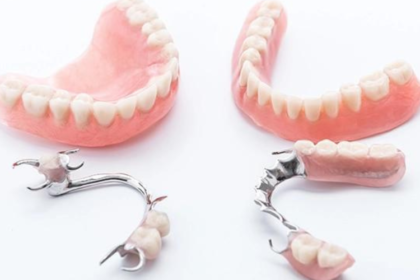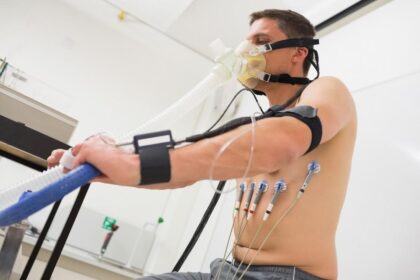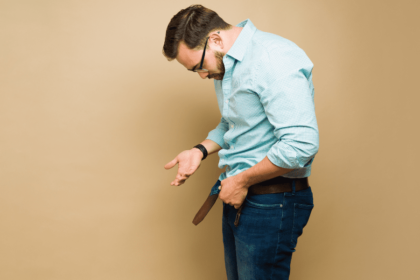Various conditions can cause lower back pain, but specific lifestyle adjustments may help manage its symptoms. Many individuals find that modifying daily habits contributes to their overall well-being. These changes emphasize movement, weight management, and exercises that specifically support the spine. Here is more information about lifestyle changes to reduce lower back pain:
Avoiding Prolonged Sitting
Remaining seated for extended periods exerts consistent pressure on the spinal discs and lower back muscles. You might experience stiffness when you stand up after sitting for a long time, and this stiffness is a signal of strain on your lower back. Taking frequent breaks to stand and walk around can help alleviate this pressure.
Even brief interruptions to sitting are beneficial. When you stand, you redistribute your body weight and engage different muscle groups, which gives your lower back a rest from the static load of sitting. Simple movements during these breaks, like gentle stretches or walking to another room, stimulate blood flow. This increased circulation delivers oxygen to the muscles supporting your spine. Maintaining good posture while seated also plays a role in reducing back strain.
Losing Weight
Carrying extra body weight, particularly around the midsection, shifts your center of gravity forward. This forward pull increases the curve of your lower back, so the muscles in that area must work harder to support your spine. This continuous effort may lead to muscle fatigue and lower back pain. Reducing body weight decreases the mechanical load on spinal structures, thereby potentially improving overall spinal health.
Losing weight is a gradual process. Achieving a healthier weight involves a combination of dietary adjustments and physical activity, which together reduce the strain on your back. Working with a healthcare provider or a registered dietitian is one way to create a sustainable weight management plan tailored to your needs.
A balanced diet supports weight loss and provides nutrients for muscle and bone health. This type of diet typically includes a mix of fruits, vegetables, lean proteins, and whole grains. By reducing processed foods, sugary drinks, and high-fat snacks, you take another step toward achieving and maintaining a healthier weight.
Exercising Regularly
Regular physical activity strengthens the muscles that support your spine, including the abdominal, back, and hip muscles. These muscles form a “core” that stabilizes the torso, and having a strong core helps maintain proper posture and movement patterns. A consistent exercise routine also improves flexibility and mobility, which reduces stiffness in the lower back. Exercise promotes blood flow to the back’s soft tissues, helping deliver nutrients and remove waste products. Many low-impact activities are available.
- Walking
- Swimming
- Cycling
Stretching Repetitions
Stretching helps maintain the normal length of muscles and improves the range of motion in your joints. Specific stretches target the muscles of the lower back, hips, and legs, since tightness in these areas often contributes to back pain. Performing these movements regularly is part of a comprehensive back care routine. You should feel a gentle pull during a stretch, not pain.
Treat Lower Back Pain
Making specific lifestyle adjustments is one way to address the factors contributing to lower back pain. Modifying daily habits, such as sitting, body weight, exercise, and stretching, helps manage discomfort effectively. If your back pain persists or worsens, seek guidance from a qualified healthcare professional.









